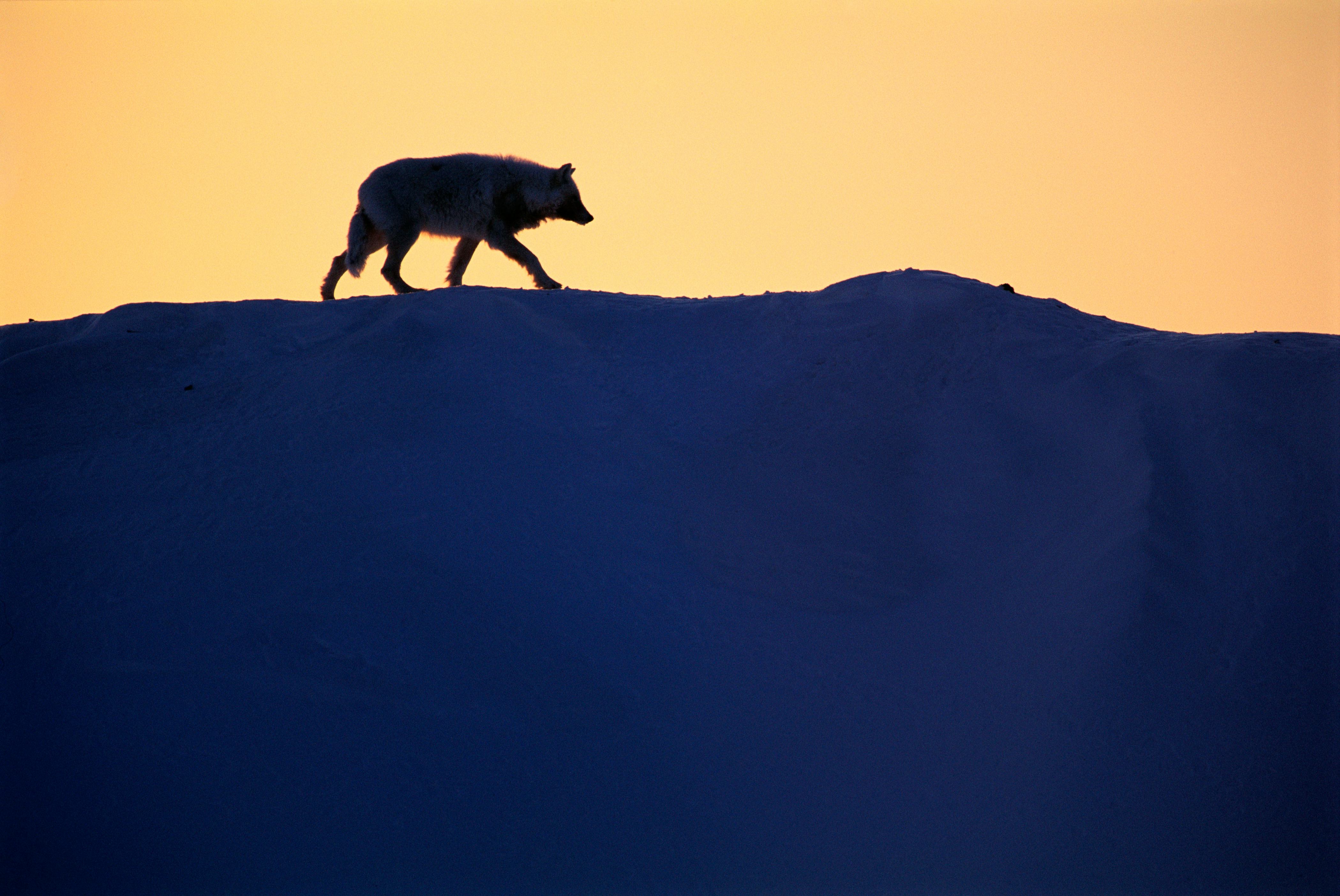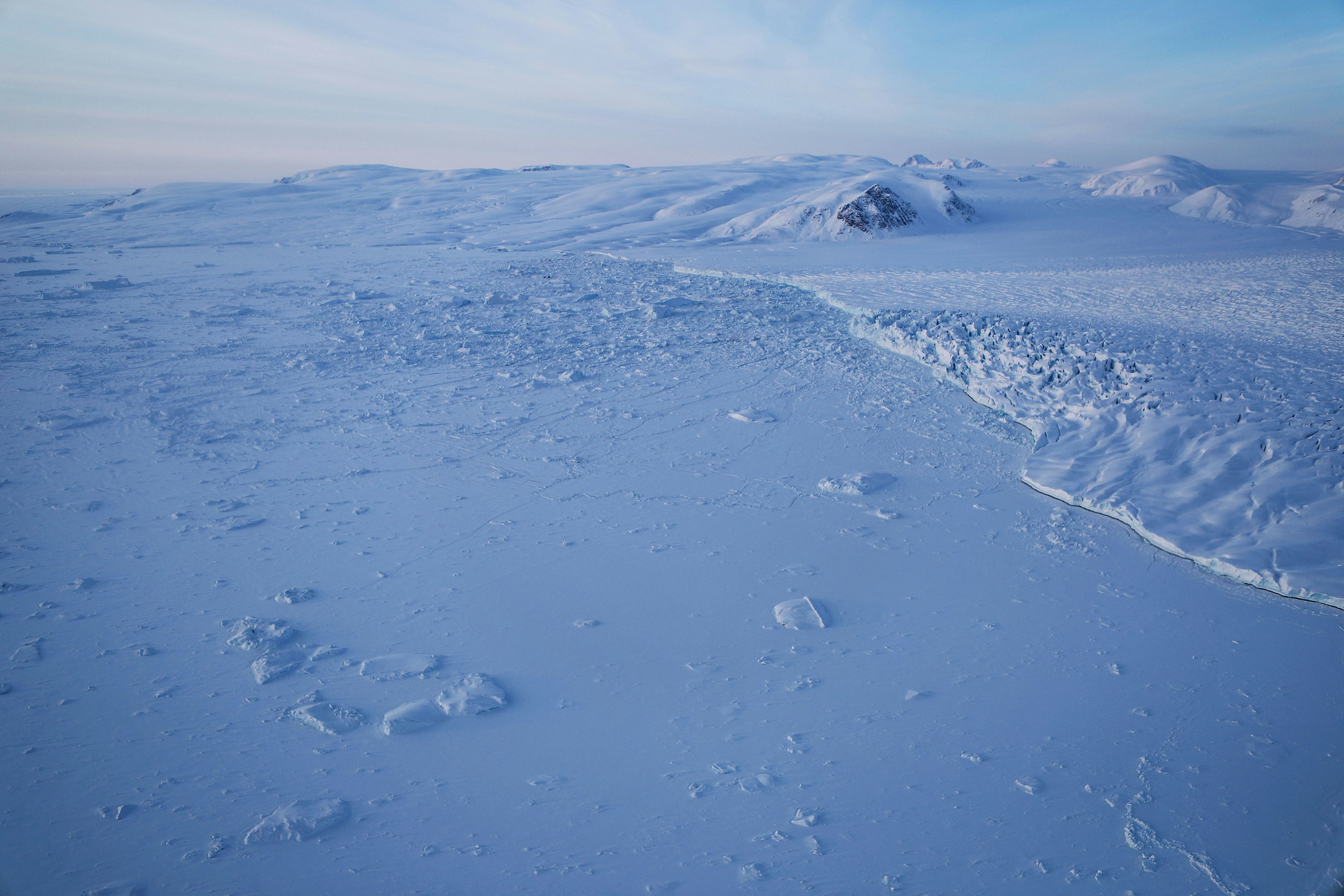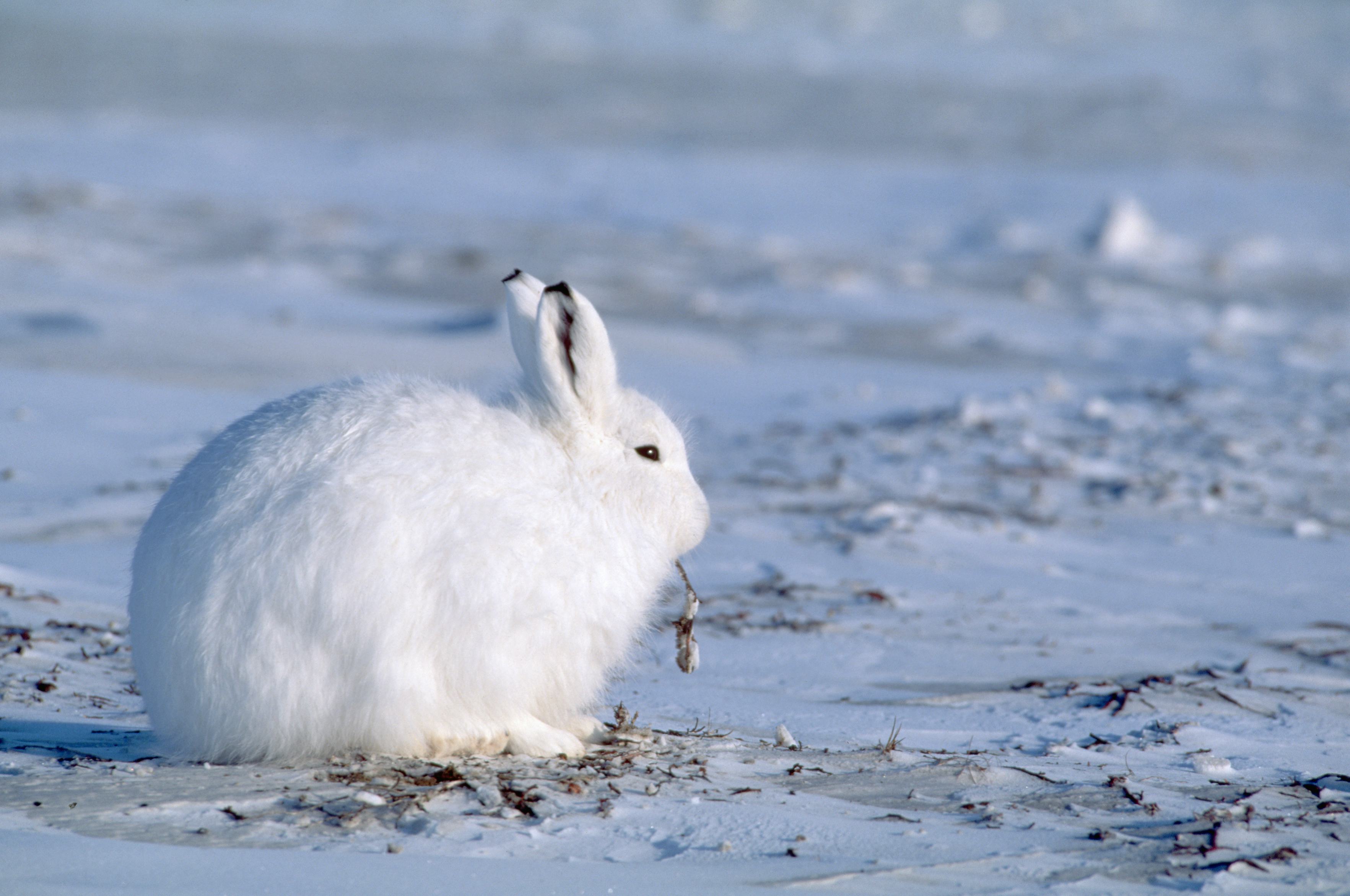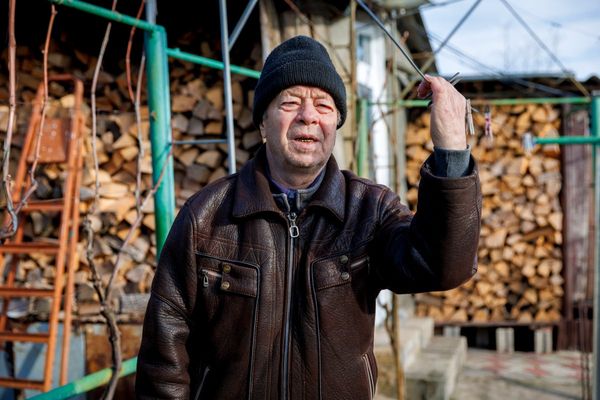
In the cold expanse of the Canadian High Arctic, a pathogen lurks deep in a lake, waiting for the opportunity to cross paths with an unsuspecting host body to infect — the beginnings of a potential pandemic.
It sounds like a scene from a lowbrow sci-fi horror movie, but it might not be that farfetched, according to new research on climate change and virus spillover in the High Arctic. The findings were published Wednesday in the Journal Proceedings of the Royal Society B.
What’s new — According to new research, climate change is increasing the risk of viral spillovers in Canada’s High Arctic, a frozen landscape in the northernmost reaches of the continent. Viral spillover occurs when pathogens infect new hosts — like animals, fungi, or plants — typically through a reservoir host in which the virus resides.
To be clear — the researchers didn’t observe viral spillover directly between two organisms, but, rather they found the risk of such spillover increases in the High Arctic as climate change occurs. Stéphane Aris-Brosou, a co-author on the study and an associate professor at the University of Ottawa, tells Inverse how this process occurs.
Global warming speeds up the melting of glaciers in the High Arctic. Meltwaters from the glaciers, known as runoff, make their way down to Canada’s Lake Hazen on Ellesmere Island, where the researchers conducted their study.
“The idea is that with global warming, these glaciers are going to melt, so more and more meltwaters are going to fill in the lake,” Aris-Brosou says.

These meltwaters bring sediments from riverbeds and shake up the contents of the lake, affecting the turbidity (clarity) of the lake waters. The turbidity creates an opportunity for new hosts and viruses to meet, including ones that have never previously encountered each other. This creates the ideal conditions for an unprecedented viral spillover event.
But Aris-Brosou emphasizes their research cannot predict whether a pandemic will originate from the High Arctic, only that the risk of encounters between new pathogens and hosts — a pre-condition for a pandemic — increases with climate change. We know that species are also migrating north to colder environments to cope with global warming. This creates a recipe for potential viral mayhem as these diseases can infect new hosts.
“We cannot identify which virus is going to spill over. This approach is giving us a risk of spillover,” Aris-Brosou adds.
Why it matters — The High Arctic might seem like an odd place to be concerned about a potential pandemic, especially when previous research has honed in on places like the tropics and Southeast Asia as more likely origins of zoonotic disease. It also isn’t exactly densely populated with humans, though it does have wildlife like migrating birds, musk oxen and even polar bears.
“A pandemic — in the sense of affecting human populations — [is] unlikely because there aren't that many humans living at such high latitudes,” Aris-Brosou says.
But we also know that climate change is causing all manner of species, from trees to birds, to move northward in search of colder temperatures. According to the study, if climate change also shifts the range of potential vectors for disease — like mosquitoes —then “the High Arctic could become a fertile ground for emerging pandemics” among other plants, fungi, and animal species.
“The High Arctic is definitely one such region where we don't know a lot about the life. So that's why it's worth investigating these environments,” Aris-Brosou adds.
The study offers a warning to our warming world: unprecedented virus-host interactions may occur if we don’t curb climate change, potentially leading to new pandemics.
“We are not crying wolf and saying this is going to be the end of the world. It's just that climate change may have yet another impact by increasing the interactions amongst viruses and potentially new hosts,” Aris-Brosou explains.
How they did it — The scientists in this study collected both sediment and soil samples from Lake Hazen — the largest freshwater ecosystem in the High Arctic. Since the lake was frozen at the time, researchers drilled holes and extracted “cores” from the lake to take samples — a process not unlike ice fishing.

Using genetic sequencing on their samples, the scientists were able to reconstruct the lake’s ecosystem of viruses and their respective hosts. The researchers effectively identified all possible hosts in the environment and then used data from a genomic database — which logs known associations between viruses and their hosts — to create phylogenetic trees of their viruses and their hosts. A phylogenetic tree is a tree-like diagram that indicates evolutionary relationships between species.
A computer algorithm then enabled them to quantify the risk of spillover by assessing the congruence between the history of the viruses and the history of the hosts.” Viruses and their usual hosts have a longstanding shared history — a congruence.
“The idea is very simple — the history of the virus is the same as the history of the host,” Aris-Brosou says.
But changes — branches — in the phylogenetic tree could indicate there is no longer a congruence between the virus and host. Such an incongruence would be a “hallmark” of a host change, or viral spillover, according to Aris-Brosou.
“We have a computational approach that quantifies the risk of spillover,” Aris-Brosou says, adding, “what we found is spillover risk increases as [glacier] runoff increases.”
What’s next — The research team is currently studying how closely the viruses and bacteria they found in their samples from the High Arctic match viruses in databases logged from other latitudes. Their long-term goal is to compare spillover risks across different environments around the globe, not just in the High Arctic.
“The question that we have is [whether] all of these viruses are completely new viruses, or are they exact same viruses as at all latitudes?” says Aris-Brosou.







